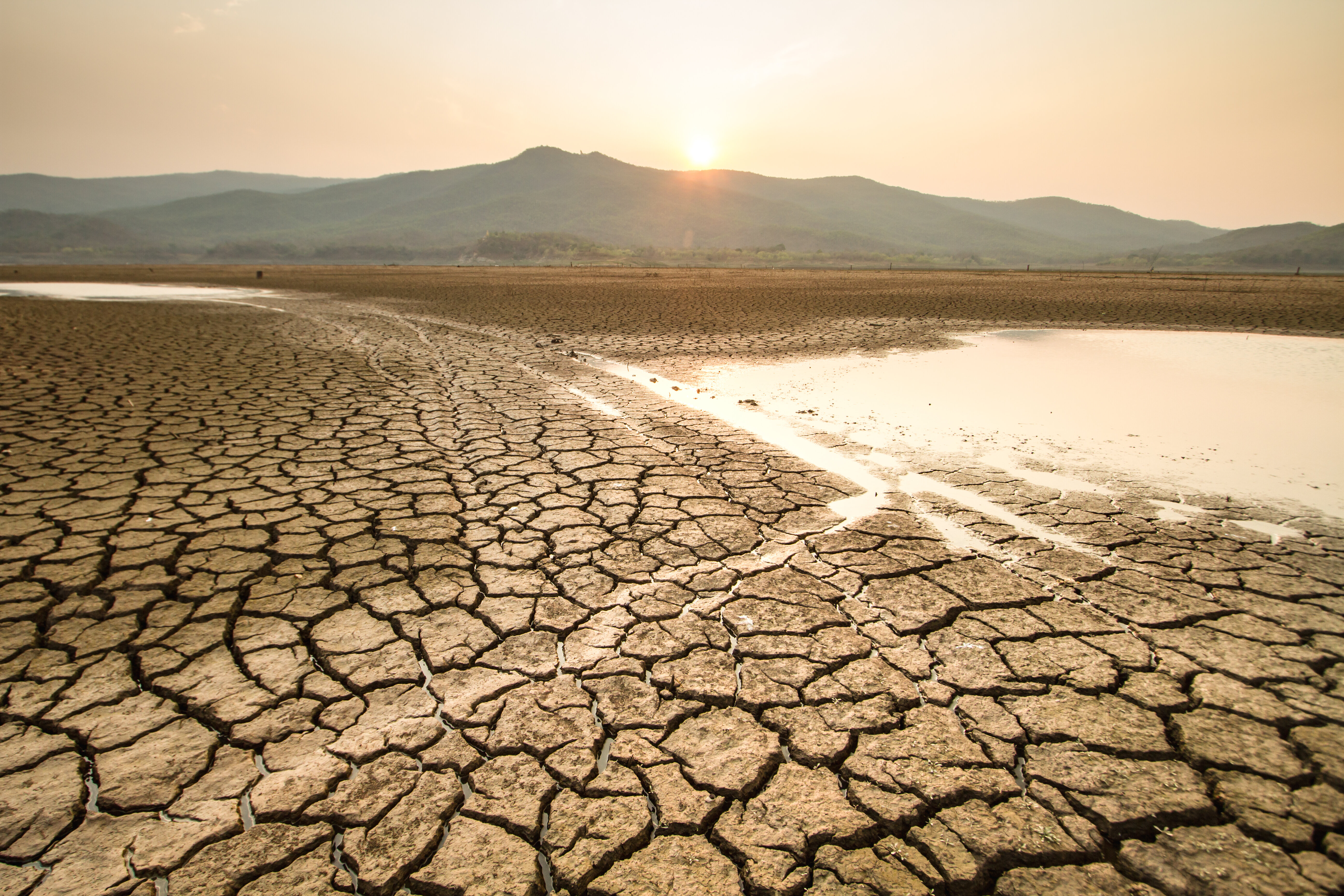af Magazine
~The Asahi Glass Foundation’s web magazine on the global environment~


Why are climate-related disasters such a significant risk for Japan? She points out three issues.

On June 14, 2023, the winners of the 2023 Blue Planet Prize (sponsored by the Asahi Glass Foundation) were announced; the Foundation recognizes individuals and organizations contributing toward the resolution of environmental issues. One of the recipients, Professor Debarati Guha-Sapir, the Founding Director of the Centre for Research on the Epidemiology of Disasters (CRED) at Catholic University of Louvain (UCLouvain ) in Belgium, and Senior Fellow at Johns Hopkins Bloomsburg School of Public Health, Baltimore is sounding the alarm on the increasing occurrence of climate-related disasters, the escalating severity of their impact and need for richer data.
We interviewed Professor Guha-Sapir, who also founded and led the development of Emergency Events Database (EM-DAT), a global database of large-scale disasters since its inception, about the changes in global disaster situations and what she has learned through the creation of this database.

EM-DAT is a database that records natural disasters that have occurred since 1900 in 184 countries around the world. All events conforming to at least one of the following four criteria:
(1) 10 or more people dead,
(2) 100 or more people affected,
(3) the declaration of a state of emergency, or
(4) a call for international assistance, are included.
The natural disaster category is divided into 6 sub-groups:
・Biological (Epidemic, Insect infestation, etc.),
・Geophysical (Earthquake, Volcanic activity, etc.)
・ Climatological (Drought, Wildfire, etc.),
・Hydrological (Flood, Landslide, etc.),
・Meteorological (Storm, Extreme Temperature, etc.).
・and Extra-terrestrial (Impact, Space weather) disasters.
In EM-DAT, reports recording numerical data and information on the physical characteristics, human and economic impacts, and the overall situation are compiled and digitized for each disaster.
At present, EM-DAT has accumulated data for the past 122 years, although the data quality is higher for more recent years. Professor Guha-Sapir describes the characteristics of EM-DAT as follows:
"There are other similar databases available for disasters, but EM-DAT has one decisive difference. Everything is systematized and all data is standardized in EM-DAT."
She says that "standardized data enables the understanding of the spatial variations in disaster impacts across different regions and the data can distinguish changing trends across time."

Although accuracy of the collected data has been increasing over the years, there is still much to be done to improve the completeness and coverage of the data records. The data, more reliable after the 1980s do, nonetheless, reveal significant patterns that can be vital for global and regional policy.
She made two key points that are central to discussion related to climate extremes and their impacts.
The first is the rapidly-increasing proportion of climate-related disasters within the overall disaster landscape. In just around 8 years, approximately 90% of all disasters were climate-related.
These extreme phenomena are increasingly responsible for most of the loss and damages although these estimates usually only account for those items that have monetary values and losses in human lives and disabilities are not included. Specialized agencies such as the World or the regional development banks needs to review this oversight.
"Secondly, compared to previous periods, the severity of any one climate disaster is undoubtedly increasing.
The scale of damage caused by a single natural disaster is getting bigger often for the same intensity, destroying not only infrastructure and property but affecting larger and larger numbers of people Effects of these climate disasters, such as floods, cyclones, heatwaves lead to the impoverishment of families through deaths of income earners, spread of disease or loss of livelihood.
These are consequences which unquestionably form part of the consequences of climate change, namely global warming, and must be accounted for" said Professor Guha-Sapir.

The severe drought that occurred in Chad in the mid-1980s motivated Professor Guha-Sapir to develop EM-DAT, which was officially launched in 1988.
She began working for CRED as an epidemiologist and public health specialist in 1984 and conducted an in-depth investigation of the dire famine situation by visiting the affected areas in Chad.
When I reported the number of people affected to my boss", he pointed out that the mere number of victims is meaningless for policy use;
the data becomes meaningful only when you consider it in conjunction with other factors such as the population exposed and contextual information of each investigation area. These are basic building blocks of good epidemiology which demands clear definitions of denominators and risk factors.
"I was taken aback by this advice. I realized that accumulating precise data is essential for quantifying the human impact of disasters, and that this type of data does not provide useable information if it is not standardized and free of errors.
Since various countries were already collecting some form of disaster impact data, I thought that creating a independent centralized systematic database validating different sources could serve as useful information support system for disaster relief and mitigation efforts," Professor Guha-Sapir reflected.

EM-DAT, which was created in this way, was not immediately accepted by the surrounding communities and countries.
"Renowned researchers in the field of disasters discounted the feasibility of collecting unified data from around the world.
There was a lot of push back from disaster response volunteers who believed that science was secondary in a situation where saving lives should be the top priority.
Additionally, in the 1990s, often public authorities intervened to question our data. For example, when we announced the number of deaths from a disaster, they claimed that the figures were too high and at other times, too low," she explained.
Despite such resistance, our team in EM-DAT continued to collect and triangulate data from independent sources, which eventually by 2000, it was recognised as the most balanced and reliable database in the world.
By mid 1990s, we gained trust from various United Nations organizations. Furthermore, our relationship with governments of disaster-prone or affected countries improved.
As a result, the use of EM-DAT data surged by late 1990s. For instance, the EM-DAT data set was used in the IPCC Special Report and also the World Meteorological Organisation for analyses of extreme weather events to illustrate the increasing impact of meteorological disasters.
For example, in disaster prone countries such as Cambodia, Vietnam, Mozambique and Bangladesh, civil society groups use EMDAT data to analyse patterns and can now target specific risk areas. EM-DAT has been a driving force to mobilize governments and provide support to public sector programs for disaster risk reduction.
Professor Guha-Sapir was originally a researcher in epidemiology.
Professor Guha-Sapir said, "Unfortunately, epidemiological data to allow an understanding of the full human impact of climate extremes is still of poor quality and quantity.
Winning the Blue Planet Prize at this time is an excellent opportunity for me to try out innovative models to elevate disaster data to the next level. This will be a significant milestone in my life." "There are three major issues in dealing with climate extremes in Japan:
*The commemorative lectures by the 2023 Blue Planet Prize laureates, including Professor Guha-Sapir, will be held on Thursday, October 5, 2023 at the University of Tokyo and on Saturday, October 7, 2023 at Kyoto University. A detailed lecture program will be released on the Asahi Glass Foundation website on August 1, 2023, and registration for participation will begin at that time.
*** This article is a translation of an article published on Business Insider Japan.
Professor Guha-Sapir visited disaster-stricken areas and engaged in discussions with local people
Photo provided by Professor Guha-Sapir
Many governments came to understand that accurate scientific data can be a valuable resource for formulating their own disaster policies and improve the conditions of their people" Professor Guha-Sapir explained.
Because EMDAT was based from the start by sound epidemiological principles and strong data base management structures, it encompassed the entire world using the same definitions. It has therefore been easy to compare between regions and hence identify those where communities face higher risk of climate-related disasters and what are the trends.
Currently, EM-DAT serves as a scientific foundation for evidence-based policymaking, used by many international organizations, national governments, and research institutes working on climate change mitigation and adaptation measures; and disaster prevention and mitigation.

As her research progressed, she began contemplating the epidemiological models which traditionally describe the spread of diseases such as through viruses to the behavior of an explosive natural disasters within a community.
Sudden environmental changes after floods and cyclones bring about increases in risk factors such contamination of drinking water or increases in disease carrying vectors such as mosquitoes or rats, or even mass displacement of populations leading to many different kinds of diseases including malaria or cholera. To mitigate or adapt to these environment driven effects on health of affected communities require better data on risks.
EMDAT has made remarkable progress over the last few decades, but today we need to break through data silos and work together to merge multidisciplinary data.
We need better monitoring systems using remote sensed data, ground-truthed data and contextual information to prepare for almost inevitable increase in climate disasters.
She also shared valuable advice regarding Japan,
heatwaves, aging population, and episodic air pollution. Although Japan has moved successfully to combat air pollution, vehicle emissions and industrial discharges can still present problems to sections of the population - especially as the combined effects of air pollution and heat waves can be significantly amplified. Furthermore, considering the high vulnerability of a large number of elderly people, I am concerned about the exacerbation from effects of climate disasters that are inevitable in the near future.
Finally, Professor Guha-Sapir encouraged young people in Japan, "Go out into the world more, observe global events and ways in which other cultures, including poorer ones, face climate extremes.
They may have good lessons for the world. Most importantly, it is important for the young to wander out of their comfort zone and cultivate a perspective that involves taking disaster risk reduction action based on stable and objective evidence."
Please click here for information about the Blue Planet Prize.

